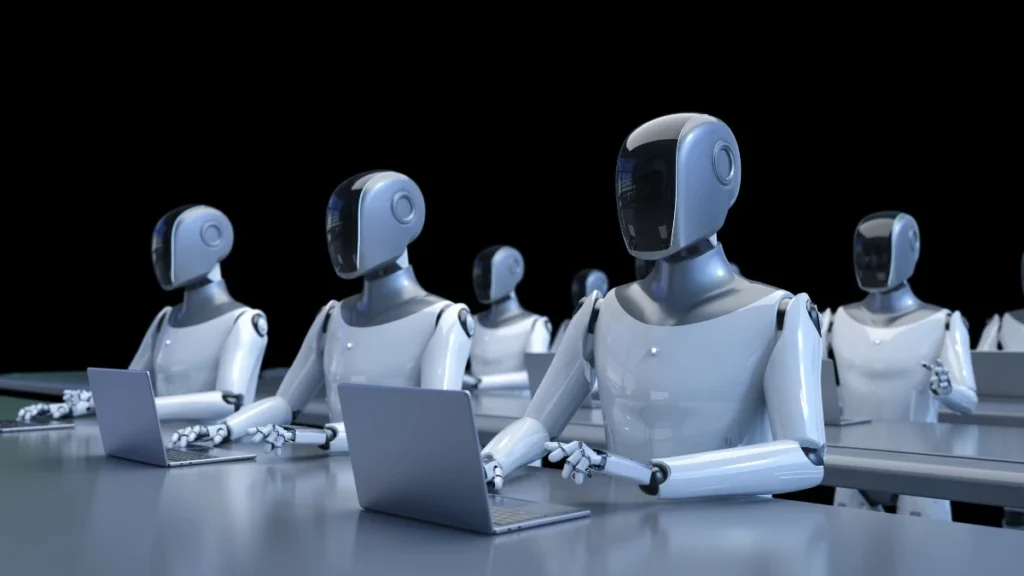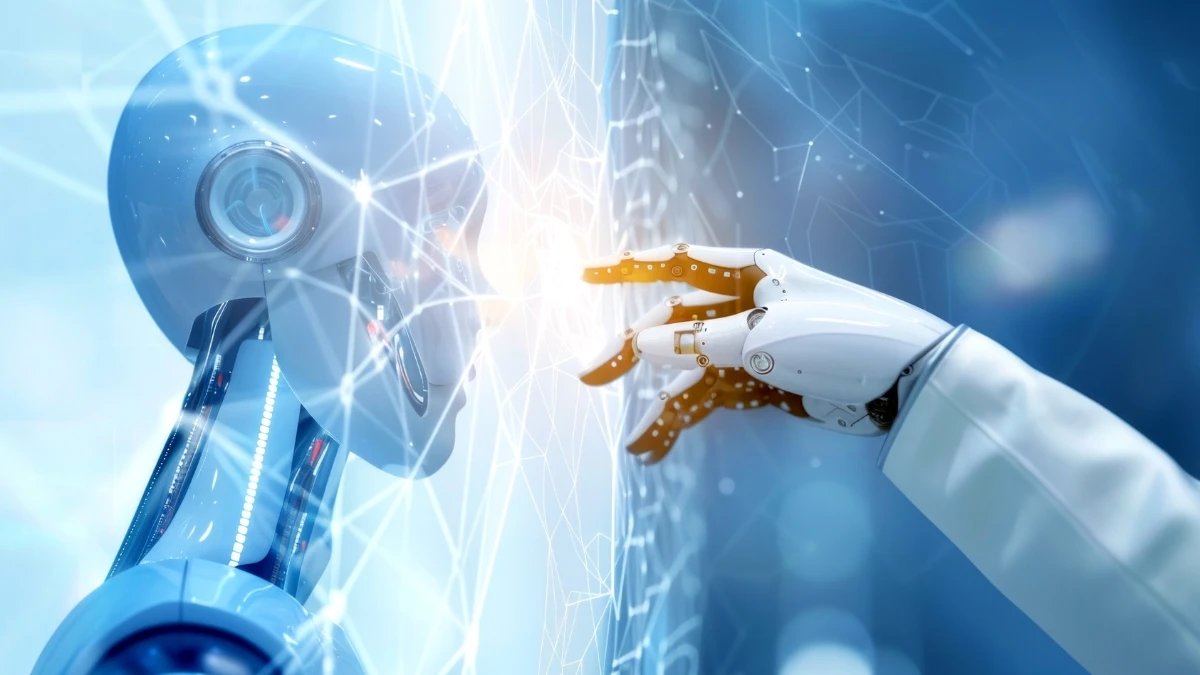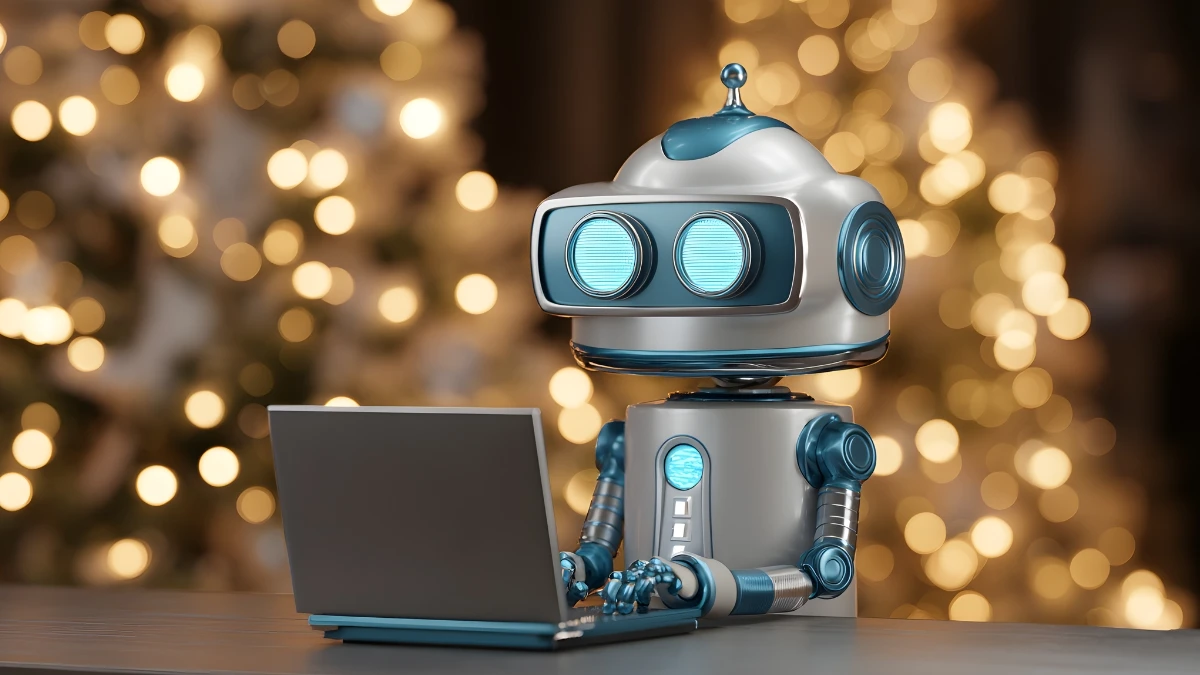The workplace is changing faster than many of us realize. New research from the World Economic Forum paints a clear picture of what’s coming: a major shift in how we work, who works, and what skills matter most.
Their “Future of Jobs” report shows that 41% of companies plan to cut jobs because of artificial intelligence by 2030. This isn’t just talk – it’s based on surveys from hundreds of major businesses worldwide.
But this story has another side. Most companies (77%) also plan to train their current workers to use AI effectively. This means many jobs won’t disappear completely but will change to include working with AI tools.
For workers, this means two things: danger and opportunity. Some roles face higher risk than others. Customer service, data entry, and administrative jobs top the list of positions most likely to change dramatically. At the same time, new roles are emerging for people who can either build AI systems or use them creatively.
The big question isn’t if AI will change your job – it’s how quickly you can adapt to work alongside it. The most successful workers in this new era will be those who see AI as a powerful tool rather than a replacement.
41% of Companies Plan to Cut Jobs Due to AI by 2030

AI’s Projected Impact on the Global Workforce
Industries and Roles Most Vulnerable to AI Disruption
Most Vulnerable Industries
Unlike previous waves of automation, AI will impact white-collar jobs more significantly than blue-collar roles. Knowledge workers who adapt to use AI as a tool rather than compete against it will thrive in this new landscape.
Timeline of Workforce Transformation
The World Economic Forum’s report gives us a stark number: 41% of businesses worldwide expect to reduce their workforce because of artificial intelligence. This isn’t just speculation—it comes from surveying hundreds of large companies across different industries.
These businesses are looking at their operations and seeing places where AI can do work that people currently do. For many workers, this means preparing for a job market that might have fewer traditional positions available. Think about it like previous technological shifts (like automation in manufacturing) but happening across many more job types at once.
77% of Businesses Will Reskill Workers for AI Collaboration

While job cuts make headlines, an even bigger trend is emerging: more than three-quarters of companies plan to invest in training their current employees. This training focuses on helping workers develop new abilities to work alongside AI systems.
This is important because it shows that most companies don’t want to replace all their workers—they want a workforce that can use AI as a powerful tool. It’s like when computers first entered offices—people needed to learn new skills, but ultimately most jobs transformed rather than disappeared completely.
Companies Seek Two Types of AI Workers: Creators and Collaborators

The job market is splitting into two valuable AI-related skill sets. About 70% of companies want to hire people who can build and improve AI tools.
These are the technical experts who understand how these systems work and can customize them.
Meanwhile, 62% of businesses are looking for employees who can effectively work with AI systems—people who might not build the technology but know how to get the most value from it. This creates different paths forward depending on your interests and abilities.
Global AI Spending Expected to Reach $632 Billion by 2028

Money tells us what businesses truly value, and the projected investment in AI is enormous. This level of spending shows that companies see AI as central to their future operations.
For comparison, this figure is larger than the entire GDP of many countries. This massive investment means AI development will likely accelerate, bringing both more powerful capabilities and more widespread adoption across industries.
This spending creates both challenges (faster displacement of certain jobs) and opportunities (new industries and roles emerging).
Human Skills Remain Valuable Despite Technological Shift

Despite all the technology changes, the WEF report specifically highlights that human-centered skills stay important. While some jobs face direct replacement (the report mentions graphic designers specifically), many roles will transform to emphasize uniquely human capabilities. Critical thinking, creativity, emotional intelligence, and complex problem-solving are abilities that current AI cannot replicate well.
This suggests the most resilient career path combines technical knowledge with these distinctly human strengths—understanding both what AI can do and what it cannot.
Each of these headlines points to a fundamental shift in how work happens, but together they tell a more complete story.
We’re entering an era where success means finding the right balance between human and machine capabilities rather than competing against technology directly.
